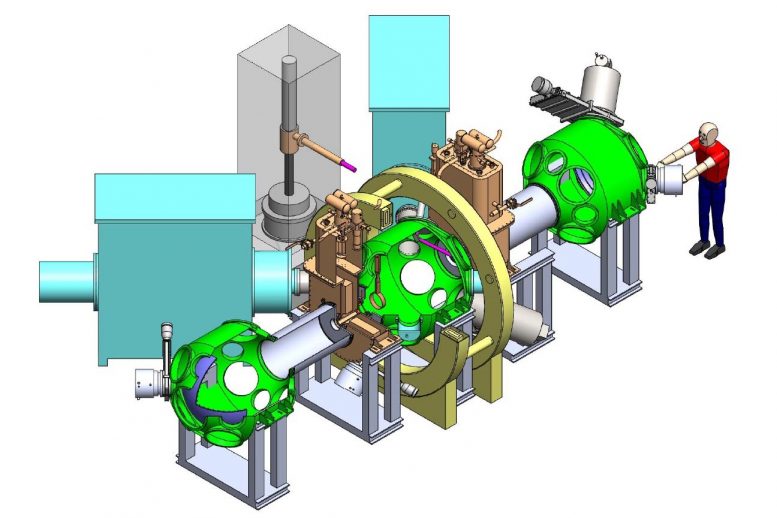
A mirror machine is a linear fusion reactor. It allows scientists to apply research in the machines to an understanding of solar wind phenomena. Credit: Cary Forest / UW-Madison
When a fire extinguisher is opened, the compressed carbon dioxide forms ice crystals around the nozzle, providing a visual example of the physics principle that gases and plasmas cool as they expand. When our sun expels plasma in the form of solar wind, the wind also cools as it expands through space — but not nearly as much as the laws of physics would predict.
In a study published on April 14, 2020, in the Proceedings of the National Academy of Sciences, University of Wisconsin–Madison physicists provide an explanation for the discrepancy in solar wind temperature. Their findings suggest ways to study solar wind phenomena in research labs and learn about solar wind properties in other star systems.
“People have been studying the solar wind since its discovery in 1959, but there are many important properties of this plasma which are still not well understood,” says Stas Boldyrev, professor of physics and lead author of the study. “Initially, researchers thought the solar wind has to cool down very rapidly as it expands from the sun, but satellite measurements show that as it reaches the Earth, its temperature is 10 times larger than expected. So, a fundamental question is: Why doesn’t it cool down?”
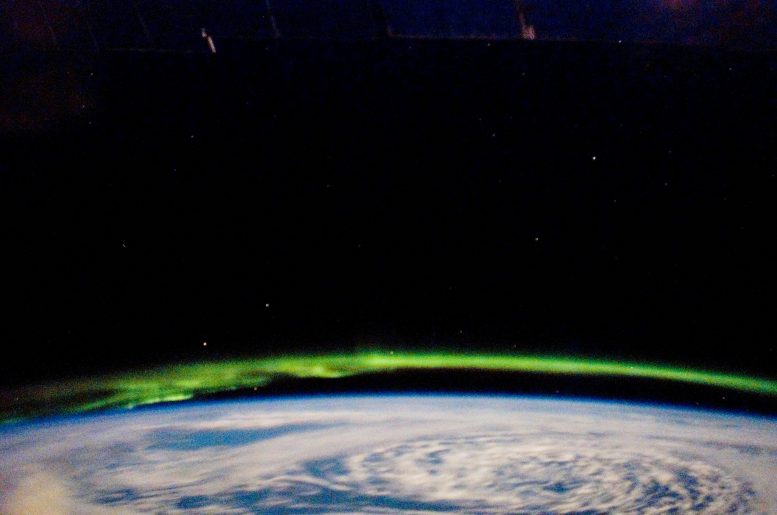
The solar wind causes events such as auroras, like this one photographed by a U.S. astronaut after docking with the International Space Station. It can also interfere with satellite communications and distort the magnetic field of Earth. Credit: NASA
Solar plasma is a molten mix of negatively charged electrons and positively charged ions. Because of this charge, solar plasma is influenced by magnetic fields that extend into space, generated underneath the solar surface. As the hot plasma escapes from the sun’s outermost atmosphere, its corona, it flows through space as solar wind. The electrons in the plasma are much lighter particles than the ions, so they move about 40 times faster.
With more negatively charged electrons streaming away, the sun takes on a positive charge. This makes it harder for the electrons to escape the sun’s pull. Some electrons have a lot of energy and keep traveling for infinite distances. Those with less energy can’t escape the sun’s positive charge and are attracted back to the sun. As they do, some of those electrons can be knocked off their tracks ever-so-slightly by collisions with surrounding plasma.
“There is a fundamental dynamical phenomenon that says that particles whose velocity is not well aligned with the magnetic field lines are not able to move into a region of a strong magnetic field,” Boldyrev says. “Such returning electrons are reflected so that they stream away from the sun, but again they cannot escape because of the attractive electric force of the sun. So, their destiny is to bounce back and forth, creating a large population of so-called trapped electrons.”
In an effort to explain the temperature observations in the solar wind, Boldyrev and his colleagues, UW–Madison physics professors Cary Forest and Jan Egedal looked to a related, but distinct, field of plasma physics for a possible explanation.
Around the time scientists discovered solar wind, plasma fusion researchers were thinking of ways to confine plasma. They developed “mirror machines,” or plasma-filled magnetic field lines shaped as tubes with pinched ends, like bottles with open necks on either end.
As charged particles in the plasma travel along the field lines, they reach the bottleneck and the magnetic field lines are pinched. The pinch acts as a mirror, reflecting particles back into the machine.
“But some particles can escape, and when they do, they stream along expanding magnetic field lines outside the bottle. Because the physicists want to keep this plasma very hot, they want to figure out how the temperature of the electrons that escape the bottle declines outside this opening,” Boldyrev says. “It’s very similar to what’s happening in the solar wind that expands away from the sun.”
Boldyrev and colleagues thought they could apply the same theory from the mirror machines to the solar wind, looking at the differences in the trapped particles and those that escape. In mirror machine studies, the physicists found that the very hot electrons escaping the bottle were able to distribute their heat energy slowly to the trapped electrons.
“In the solar wind, the hot electrons stream from the sun to very large distances, losing their energy very slowly and distributing it to the trapped population,” Boldyrev says. “It turns out that our results agree very well with measurements of the temperature profile of the solar wind and they may explain why the electron temperature declines with the distance so slowly,” Boldyrev says.
The accuracy with which mirror machine theory predicts solar wind temperature opens the door for using the machines to study solar wind in laboratory settings.
“Maybe we’ll even find some interesting phenomena in those experiments that space scientists will then try to look for in the solar wind,” Boldyrev says. “It’s always fun when you start doing something new. You don’t know what surprises you’ll get.”
Reference: “Electron temperature of the solar wind” by Stanislav Boldyrev, Cary Forest and Jan Egedal, 14 April 2020, Proceedings of the National Academy of Sciences.
DOI: 10.1073/pnas.1917905117
The work was supported by the National Science Foundation (NSF PHY-1707272), the National Aeronautics and Space Administration (NASA 80NSSC18K0646), and the U.S. Department of Energy (DE-SC0018266).





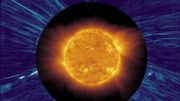

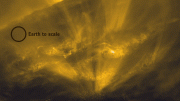
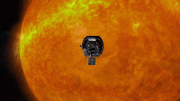
“Solar plasma is a molten mix of negatively charged electrons and positively charged ions. Because of this charge, solar plasma is influenced by magnetic fields that extend into space, generated underneath the solar surface.”
Wrong, you’ve got it backwards. Solar plasma is electricity that creates the magnetic fields. The sun is electrical, as is the universe. Here’s the correct explanation:
https://www.thunderbolts.info/wp/2020/04/22/donald-scott-electric-sun-the-mystery-of-hot-solar-wind-space-news/
BTW, it’s an indisputable fact that electricity generates magnetic fields. It’s used in everyday commercial applications. Yet somehow these guys think that magnetic fields just appear in space somehow and are generated by…what? All they can say is magnetic fields are just magically generated underneath the solar surface and extend into space. How? Please put the horse in front of the cart for a change.